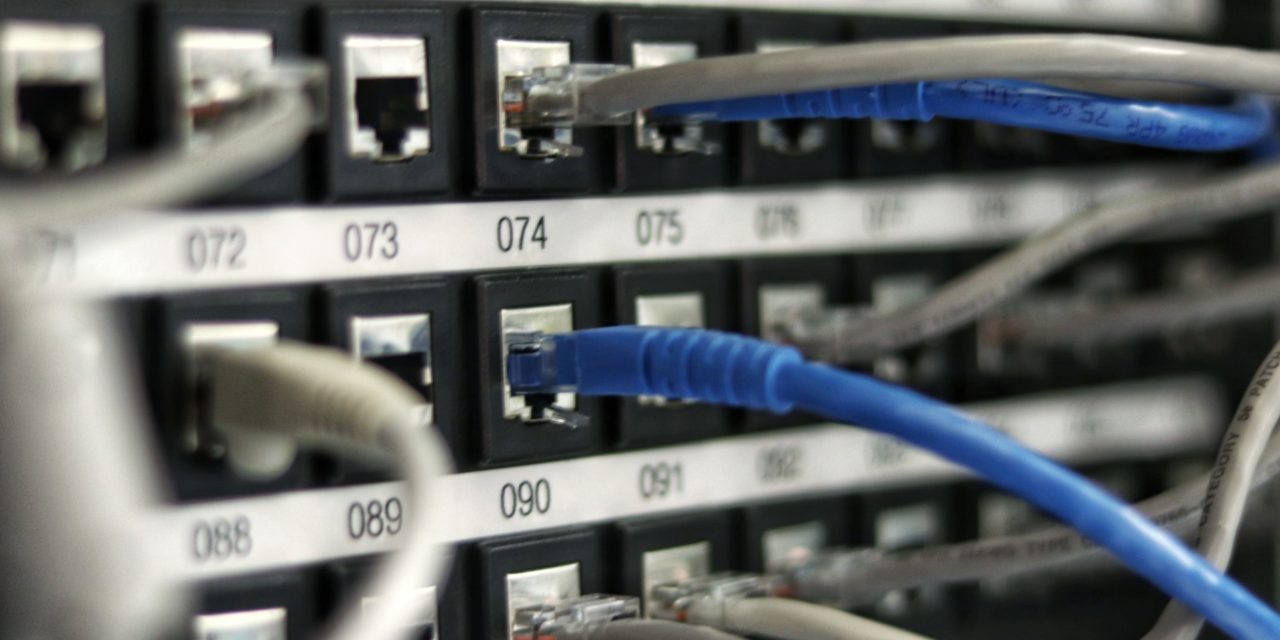[ad_1]
Is the Indoor Positioning System (IPS) something new to you? If so, you should know that it is similar to a GPS that is designed for indoor environments. IPS is used to locate objects or people in a building through a smartphone or tablet. While the technology is new, services that make use of IPS are getting popular in airports, shopping malls, and other venues where LBS and navigation are required.
How does this system work?
This technology uses the internal sensors of a smartphone to locate the indoor position of the device with mathematical algorithms. It's possible to get an accurate location by combining the data from the sensors.
For better user experience, IPS depends upon three elements: the IPS apps, beacons that send signals and the positioning platform.
The technology options
The Indoor Positioning Systems has several approaches. For instance, you can take systems that use RFID, Bluetooth, WiFi or a combo of these technologies. Moreover, when doing the evaluation of the IPS technology, you may want to consider how the extra expensive infrastructure can be minimized and the costs are reduced. As far as the lowest cost and simplest option is concerned, you may want to go for a WiFi-based system.
WiFi-based positioning
WiFi-based systems make use of the current infrastructure in order to locate devices without the hardware calibration. For instance, you can read up on the Cupid system of HP that can locate any WiFi-enabled device with an accuracy of 2 meters.
Actually, this type of system sends and receives wireless signals. On the other hand, the WiFi-based system works through the measurement of the distance of the signal from different access points in order to calibrate the position of the device. The access point sends the data back to the relevant “location service”. This is the server that runs the analytics and algorithms in order to pinpoint the exact location.
Benefits of the IPS in the office
IPS allows asset tracking, physical security, smart buildings and network management. For instance, if you know the location of a certain device in an office, you may adjust the security settings whenever the device is taken out of the building.
In a big office, you may choose to make it easier for the staff to look for the roaming staff, printers or the conference room. Aside from this, you may also monitor the device location over a certain period and show the staff activity in the office.
As far as practical uses are concerned, IPS has a lot to offer. As a matter of fact, it's become an emerging technology in different industries like hospitality, health and retail, just to name a few. So, if you are looking for a way to improve your customer experience or staff productivity, we suggest that you try out an IPS.
So, this was a brief introduction to the Indoor Positioning System (IPS). If you have an office, we suggest that you use this system to improve the production of your staff and manage other things.
[ad_2]
Source by Shalini Madhav

